Producer Sterling Winfield on the making of Pantera's final album, Reinventing the Steel
Winfield discusses the genius of Dimebag Darrell, the album's upcoming 20th anniversary reissue, and why the band's music stands the test of time
![[L-R] Dimebag Darrell and Sterling Winfield](https://cdn.mos.cms.futurecdn.net/dWVADRixUYxupUXtgUpBSj.jpg)
On October 30, Rhino Records will release limited-edition, three-CD and digital reissues of Pantera’s Reinventing The Steel, marking its 20th anniversary. A two-album, limited-edition vinyl pressing will be available January 8, 2021.
The new packages include additional tracks that were recorded for soundtracks and tributes, as well as some instrumentals.
Reinventing The Steel was produced by Pantera’s longtime engineer, bass tech, and friend Sterling Winfield, who served as an advisor for the anniversary release. The band’s original producer, Terry Date, remixed the reissued tracks.
“Since this was the only album Terry never had his hands on, the label and management wondered what that would sound like,” says Winfield. “When they hit me with the idea, I was like, ‘Yes! Please, yes!’ It was like a light bulb going off, because I love Terry, not only as an engineer and producer, but also as a person, and he’s worked on so many landmark albums.
“I was right in the middle of archiving Reinventing The Steel, getting it off of Otari RADAR and into Pro Tools, when I got the news. We sent those tracks to Terry and he knocked it out.”
Listening to Date’s remixes and reliving the original sessions was more than a musical experience. “It was a lot just from an emotional standpoint,” says Winfield. “But once I got past that, I really got back into it on that visceral and detailed studio level again, and it was actually quite cathartic.”
In October 1993, Winfield was a staff engineer at Dallas Sound Lab in Las Colinas, Texas, when he answered a call from Terry Date inquiring about the facility’s gear. The producer wanted to book a room to complete sessions for Pantera’s third studio album, Far Beyond Driven.
Get The Pick Newsletter
All the latest guitar news, interviews, lessons, reviews, deals and more, direct to your inbox!
“They had just finished their tour for Vulgar Display Of Power,” Winfield recalls, “and they came in to make this album. We were in the studio for five months, trying to get it finished, mixed, and out the door.
“Tim Kimsey, who is one of my mentors and also a staff engineer, was second engineer to Terry on that album, I was the assistant engineer and gofer, and it was a thrill and a dream come true. That’s when I first met them. I was already a fan, and we just clicked.”
We were in the studio for five months, trying to get it finished, mixed, and out the door
That “click” led Winfield to tour with the band as Rex Brown’s bass tech, and eventually as engineer for the Abbott brothers – “Dimebag” Darrell and Vinnie Paul.
His position on the crew developed into a trusted friendship and brotherhood, and by the time the band began working on Official Live: 101 Proof [1997], Winfield’s role as their studio engineer at the band’s Chasin’ Jason studio in Dalworthington Gardens, Texas, was solidified.
Upon completion of the Official Live: 101 Proof tour, Pantera began working on two projects: Rebel Meets Rebel, with David Allen Coe, and Reinventing The Steel, which would become their final studio album. Ready to experiment, they opted to record at their studio without the usual crew and team, and enlisted Winfield to produce.
Sterling Winfield now works primarily from his Boot Hill studio in Corinth, Texas. His impressive resume includes Hellyeah, Damageplan, Hatebreed, King Diamond, Mercyful Fate, A Rebel Few, Texas Hippie Coalition, Vangough, and Erykah Badu.
Prior to the pandemic, he was also a house engineer at The Theater In Grand Prairie, in Grand Prairie, Texas, and The Bomb Factory in Dallas. He spoke to GuitarWorld.com about tracking the landmark album and the years he spent with Pantera.
![[L-R] Sterling Winfield and Dimebag Darrell](https://cdn.mos.cms.futurecdn.net/Ax4sgN3zVpUyDaMuD7xfXm.jpg)
What are some of your memories about Reinventing The Steel?
“We had cut two studio tracks for Official Live: 101 Proof, just us, as a test run for ‘Can we co-produce this together?’ They felt they were getting pigeonholed creatively, so they wanted to do things differently and change the sound just a bit. Vinnie wanted to use a different drum kit.
“Dime wanted to alter his tone to be more old-school, thicker, warmer, a little more punch and a little less of that super-duper fry on the guitars, that face-ripping tone he was known for.
“Philip [Anselmo] was there for 80 percent of this album, whereas with the last album [The Great Southern Trendkill, 1996], he recorded vocals at Trent Reznor’s studio in New Orleans, with Terry [Date] going back and forth. Phil wanted to be there for Reinventing The Steel because they wanted the album to be a nod to the old-school stuff that inspired and excited them.
“They wrote and recorded exactly what they needed for the album. All the fat was trimmed off, and there was no extra material and no extra takes. That’s why there’s no unreleased bonus material on the reissue.
“So that’s where we started. We set up monitor wedges on the floor, open mics, loud guitars, and a monitor console, and they each had their own mix, just like they were onstage, while tracking the initial rhythm tracks. That’s how we got all our stuff down. That album was a huge chunk of our lives. It took us a year, and in the middle of it, Dime and Vinnie’s mom passed from cancer.”
What did your advisory role involve for the reissues?
Mine and Phil’s mix notes were spot-on with each other, and we had not spoken. That’s how in sync we all still are with the sound of Pantera
“It was heavy when I first thought about it, but somebody had to speak for Dime and Vinnie. Kim Zide-Davis [Concrete Management] called and said, 'We’re going to need you to weigh in.' It’s a lot to be asked to speak for two musical giants who are no longer here, but at the same time, I thought, 'Of course I can do this. I spent at least half my life, if not more, with these guys. We knew each other so well that we finished each other’s sentences. Of course I can make them proud.'
“I started getting the mixes around July or August [2020]. The liner notes, artwork, and packaging were done, and all that was left was remixes and remasters.
“Here’s the interesting part of all of this. Me, Phil, Rex, and management were getting files and putting in our two cents on the takes – ‘Can you add more reverb,’ ‘I think Dime and Vinnie would do it this way,’ things like that.
“Mine and Phil’s mix notes were spot-on with each other, and we had not spoken. That’s how in sync we all still are with the sound of Pantera, even though Dime’s been gone almost 16 years and Vinnie’s been gone for over two years. It was oddly satisfying in an eerie, 'gives you chills' kind of way.”
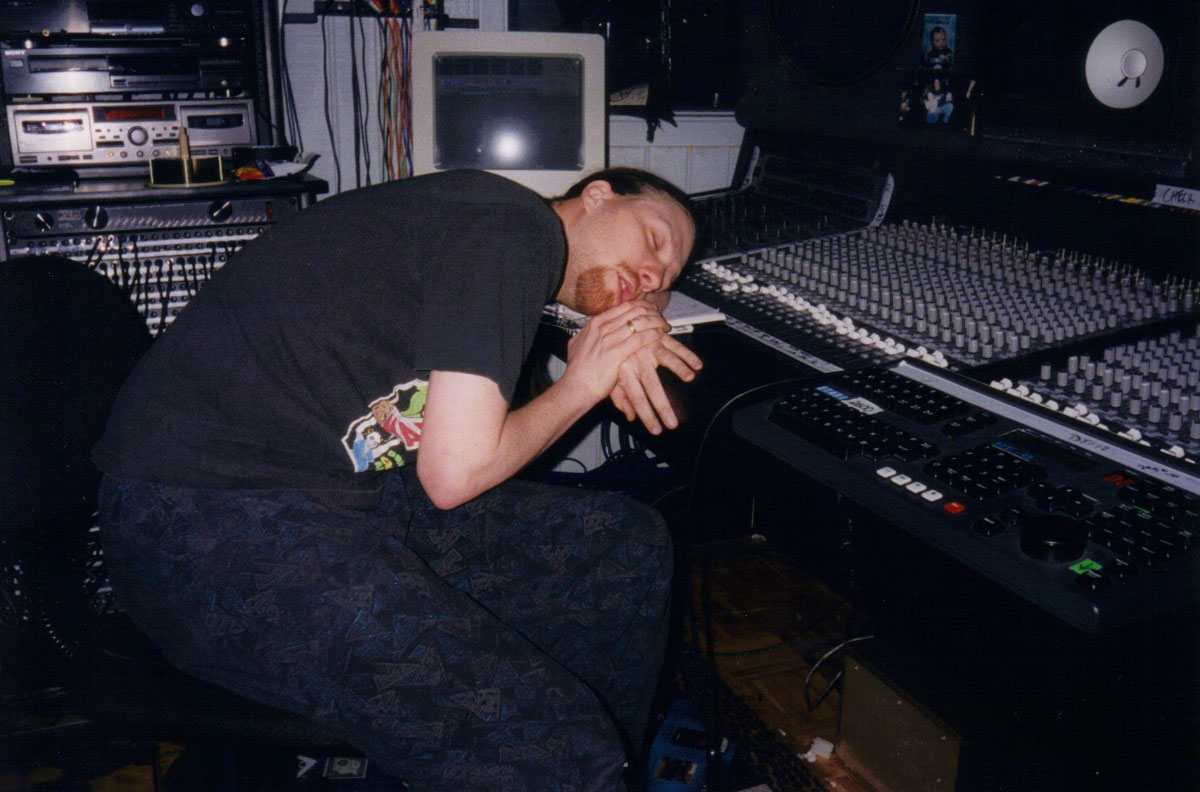
How would you describe Dime’s approach to recording?
“Most of the time, Dime would stand to record, unless there was an intricate part where he had to concentrate on string awareness and right hand work.
“His tones had everything to do with the way he played. It was straight to the source. Engineering trickery comes in when you have people who can’t play their parts. That’s where the smoke and mirrors come in. We didn’t need that with Dime.
“Getting a good tone out of a good player is easy. You just put a mic on it and go. It is that simple. Dime was a huge testament to that, in that every note came from his hands.”
What was his rig on Reinventing The Steel?
“His main guitars were a Washburn Solid Korina Wood ML, his favorite Washburn Dime Slime ML, his Washburn Southern Cross ML, a couple of Washburn Korean stock black ML’s, and a custom-made Washburn Black ML baritone scale, which he used specifically on It Makes Them Disappear.
“The Korina was custom-made specifically for him to track rhythm guitars before they ran out of that wood. It went extinct in the 1990s, I think. Other than it being made out of Korina, it had a stop tailpiece, which was unusual for Dime, but when you’re tracking rhythm guitars for ten to twelve hours a day and you can’t get the damn floating tremolo to stay in tune, it will drive everyone bananas!
“The Dime Slime was one of the ones he played live a lot. It’s in a bunch of the home videos.
“The Southern Cross was another one he had made as a tribute to Tony Iommi. It is also a stop tailpiece.
“The Korean models were always badass out of the box. Washburn would send them to his house by the pallet for him to sign for giveaways. He would go through every one of them, and if there were a couple that were just ready to kill straight out of the case, he would keep them.
“The Baritone ML was another custom job. I think it was more of a curiosity thing because we had never dealt with a baritone scale for anything Pantera. I think it worked out well on that particular song.
“When I tell people that all we ever had on any of his cabinets was a Shure SM58 right at the speaker, on axis, their jaws drop. A Randall RG100 with a 58 about an inch away from the cloth – that was his rig, with a Furman PQ4, an MXR Flanger/Doubler, and an MXR EQ pedal. A wah, a [DigiTech] Whammy, and you’ve got Dime. That was his sound. That’s what he loved.
When I tell people that all we ever had on any of his cabinets was a Shure SM58 right at the speaker, on axis, their jaws drop
“Tracking him was always great, always fun, and technically very simple. When we were doing rhythm, he liked the sound of the Sony MCI 500, an old console from the 1970s. MCI was bought out by Sony sometime in the 1980s, I think.
“Before that, they just called it the MCI JH 500. We had about eight of these preamps torn out of our old MCI 500 when we changed the console over in the studio. We had them custom-modified and put in a box by Jason Chamley, who is also no longer with us. He was an electronics genius and did a lot of cool stuff for us. He was one of the reasons we named the studio Chasin’ Jason.”
What did you learn from working with Dime?
“The biggest lesson was 'Keep it simple.' Don’t be afraid of mistakes. Dime made mistakes all the time. He was down there playing stuff he had written the night before and killing it, but he made mistakes just like everybody else. Don’t be afraid to experiment. Whatever it is, just try it.
“There are sounds on these records that we could never duplicate because he had ten pedals plugged into a floor unit and there was no way we could redo it, but that’s the beauty of it.
“The rest of it, the psychology of Dime, had nothing to do with recording or technicality. It was don’t be afraid to say what’s on your mind, be honest with yourself, and be a good person. Be nice. He was so nice, even when he didn’t have to be.”
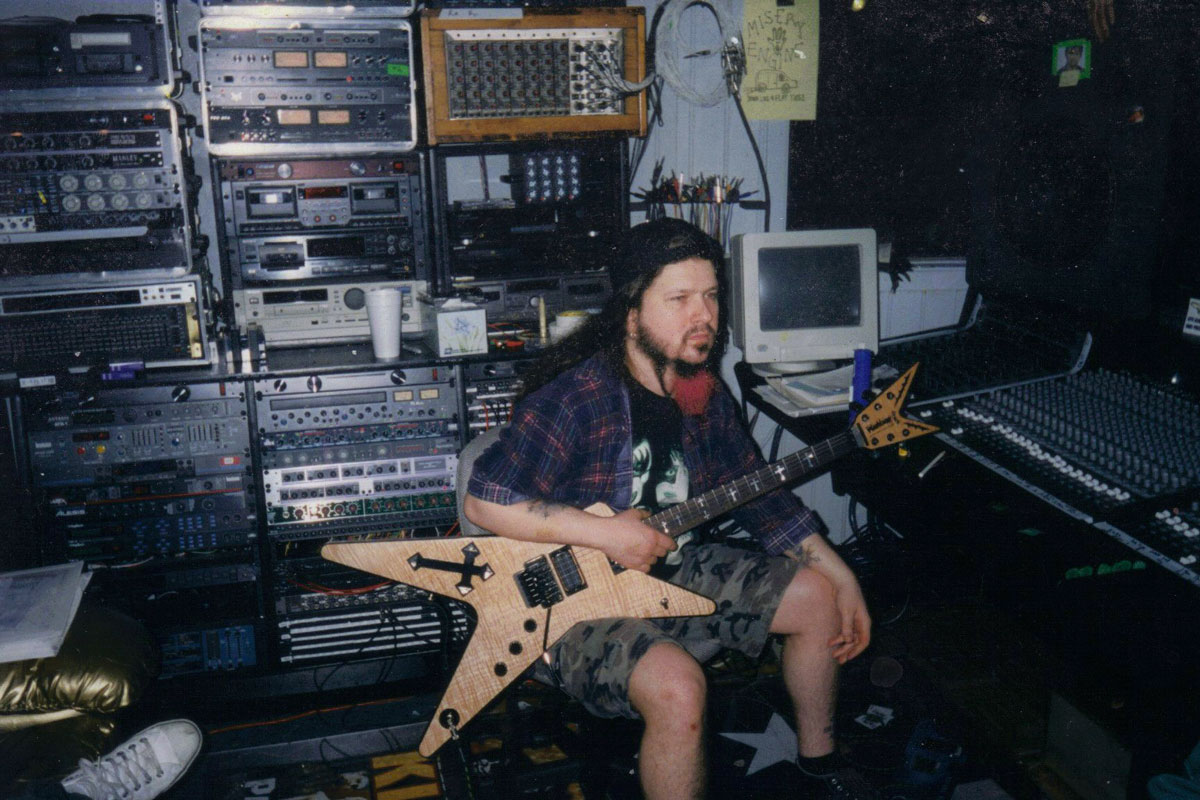
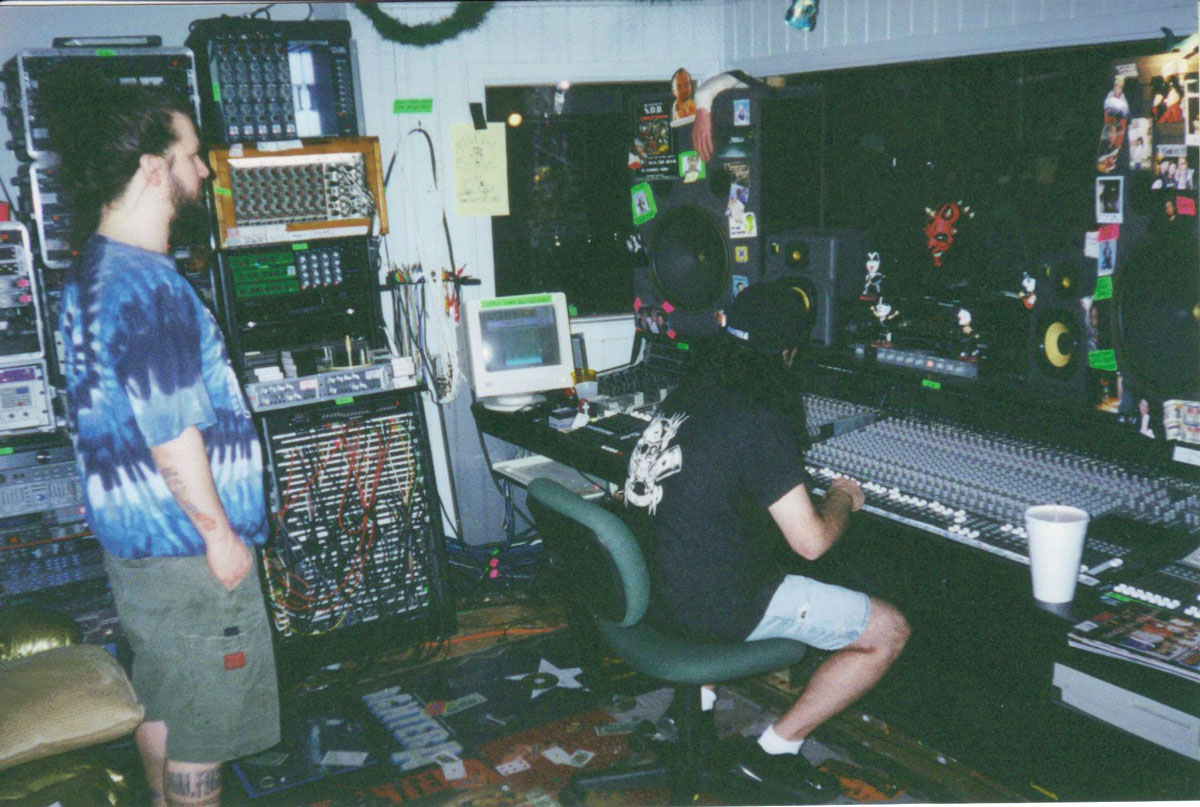
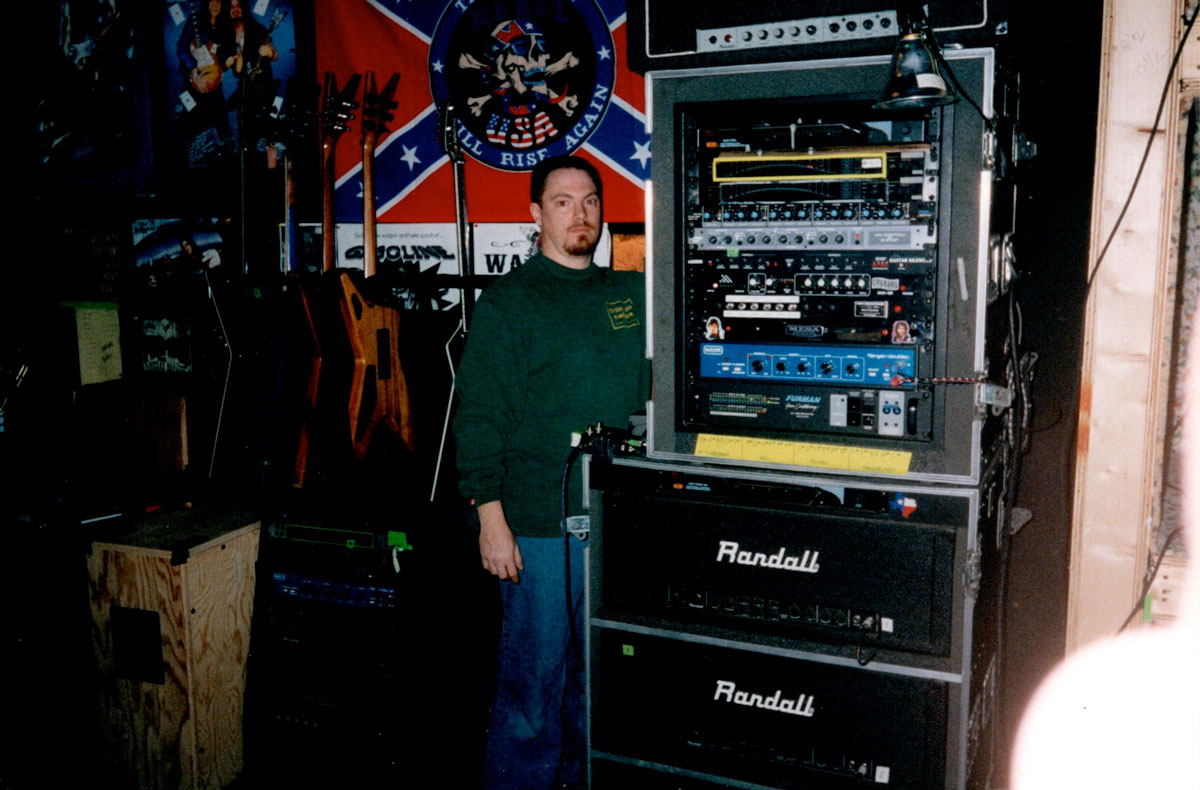
You mentioned that being involved in this project was cathartic. How did you work through your emotions? Grief is so personal, yet at the same time, society tells us to suck it up and move on.
“It can come back and gut-punch you, for sure. For me, the catharsis came in the happiness of things like hearing Dime’s voice again and hearing the guys play. It was a release, like somebody flipped a switch on the time machine of memories. Vinnie and Dime were the glue of this whole thing, the musical heart of this band and any band they were in.
“I didn’t think I would ever get to be immersed in these tracks again. I didn’t think I would ever hear Vinnie’s drums isolated or Dime’s guitar playing – listening to his leads and what a killer guitar player he was.
“It’s very emotional for me. I’m not weeping, but a tear comes to the eye and I mist up a little. But overall, it makes me smile. They were such down to earth, good guys who didn’t get caught up in their own hype, and to me, that’s the best part.
It’s a very positive emotional outlet to go back and listen to these tracks again, and to look at all the notepads and silly drawings that Dime did on them
“That’s the positive lasting energy that they carry into the universe, and goddamn right it’s OK to get emotional about this, because I’m very passionate about all of it! That whole ‘Be a man, buck up’ shit is for insecure machismo assholes. Fuck that. Have a good cry if you need to. Do whatever you’ve got to do to get some kind of release.
“My release comes in archiving decades of material that I have from the guys.
“Hearing all of that stuff again for the first time in so many years is an amazing feeling. It’s a very positive emotional outlet to go back and listen to these tracks again, and to look at all the notepads and silly drawings that Dime did on them.
“I’m so happy to have been a part of it, so blessed. It’s emotionally uplifting for me. To think that I got to do this with these guys, that they let me into their world – what a privilege.”
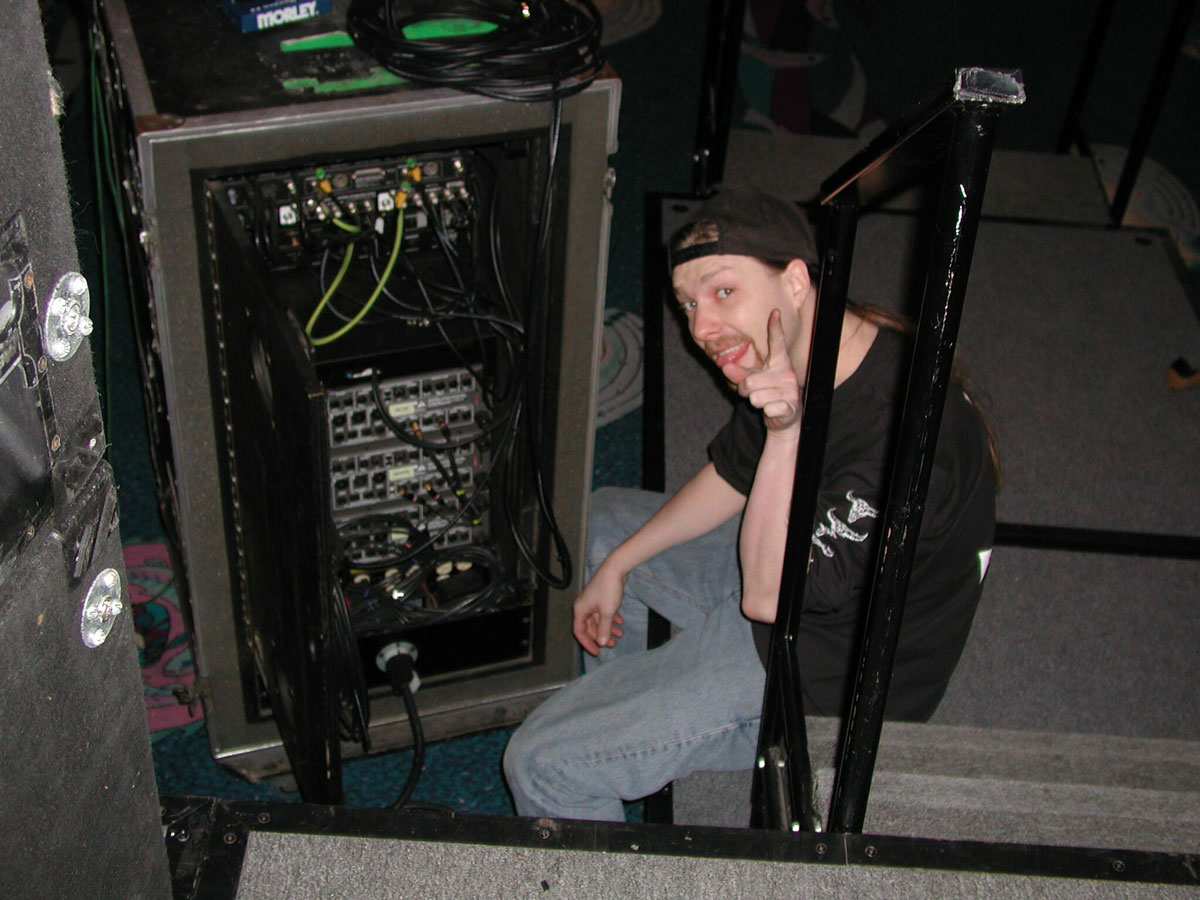
What is in the archives, and what is your process for transferring the material?
“I have two different setups in my studio: my normal workstation set up for every day and a hybrid station made up of old and new systems Frankenstein'd together, where I archive all the Abbott brothers’ music.
“That’s been ongoing for about two years. It’s all old stuff that’s already been released, but when you don’t archive for that many years, there’s a backlog of stuff that you need to preserve for history’s sake.
“We crossed a lot of different recording formats during the time of that studio. We went from 2-inch tape to Tascam DA88 to Otari RADAR, but we never got into what’s commonly used now – digital audio workstations, WAV files, and such.
“So I’m going back and putting all of these old formats into one accessible format. That way, it’s all easy to find with one click. I don’t have to dig out tapes and lock the tape machine up to Pro Tools. Now I do it once and it’s done.
Pantera were 100 percent honest with themselves. They weren’t writing to placate or pander to anyone. It was music in its best form
“I work on it between other projects as a labor of love, because it needs to be done and I’m obviously the guy. So far, the furthest back I’ve been is probably 1998, and I’m now in the middle of archiving the Damageplan album, so I’ve got a long way to go.
“I’ve still got to do all the DATs and CDs from the studio, the DATs and CDs from Vinnie’s house, and I’ve got to, at some point, talk to Rita [Haney] about doing all of Dime’s stuff. That’s a whole other lifetime right there because he never stopped. He constantly was writing, and that goes all the way back to 1985 or 1986, the very, very early Pantera days.”
What makes Pantera’s music stand the test of time?
“Their honesty. They were 100 percent honest with themselves. They weren’t writing to placate or pander to anyone. It was music in its best form. They never pulled any punches, they said it like it is, and I think that’s it.
“It came from a place of pure honesty. That translates. You can hear it and feel it, and the fans recognize that and relate to it. These guys were for real. They wrote from their hearts, and when they played together, it was a sound unlike any other.”
Alison Richter is a seasoned journalist who interviews musicians, producers, engineers, and other industry professionals, and covers mental health issues for GuitarWorld.com. Writing credits include a wide range of publications, including GuitarWorld.com, MusicRadar.com, Bass Player, TNAG Connoisseur, Reverb, Music Industry News, Acoustic, Drummer, Guitar.com, Gearphoria, She Shreds, Guitar Girl, and Collectible Guitar.









